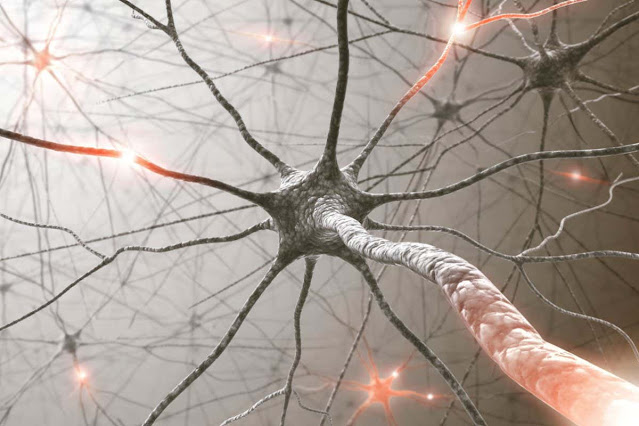Artificial nerve cells have been made in the lab
Artificial nerve cells made from biocompatible materials have been made in a lab for the first time. The innovation may one day be used in synthetic tissues to repair organs such as the heart or the eyes.
Hagan Bayley at the University of Oxford and his colleagues devised a synthetic material that can act in a similar way to a human neuron.
Made from hydrogel, the artificial neurons are about 0.7 millimetres across – about 700 times wider than a human neuron, but similar to giant axons found in squid. They can also be made up to 25 millimetres long, which is similar in length to a human optic nerve running from the eye to the brain.
When a light is shone on the synthetic neuron, it activates proteins that pump hydrogen ions into the cell. These positively charged ions then move through the neuron, carrying an electrical signal. The speed of transmission was too fast to measure with the team’s equipment and is probably faster than the rate in natural neurons, says Bayley.
When the positive charge reaches the tip of the neuron, it makes adenosine triphosphate (ATP) – a neurotransmitter chemical – move from one water droplet to another. In future work, the researchers hope to make the synthetic neuron interact with another via an ATP signal, just as neurons connect with each other at synapses.
The team bundled seven of the neurons together to work in parallel as a synthetic nerve. “This allows us to send multiple signals simultaneously,” says Bayley. “They can all have very different frequencies and so it’s a very versatile signal.” The main purpose is to send different pieces of information down the same pathway, he says.
However, the artificial neurons still have a long way to go. Unlike real neurons, there is no mechanism to recycle and create new neurotransmitters in the synthetic system. The neurons therefore only work for a few hours, says Bayley. “The more you do science, the more you find out how clever science is by virtue of evolution.”
Alain Nogaret at the University of Bath in the UK says the innovation could play a major role in improving neuro-implants such as artificial retinas by the end of the decade. “The emulation of nervous activity in soft materials is a major step towards non-invasive brain-machine interfaces and solutions addressing neurodegenerative disease.”
Bayley hopes to eventually use these synthetic neurons to deliver different types of drugs simultaneously to treat wounds more quickly and precisely. “Using light, we could maybe release drug molecules in a patterned way,” he says.
Reference:
Hoskin, C.E.G., Schild, V.R., Vinals, J. et al. Parallel transmission in a synthetic nerve. Nat. Chem. (2022).




0 Comments